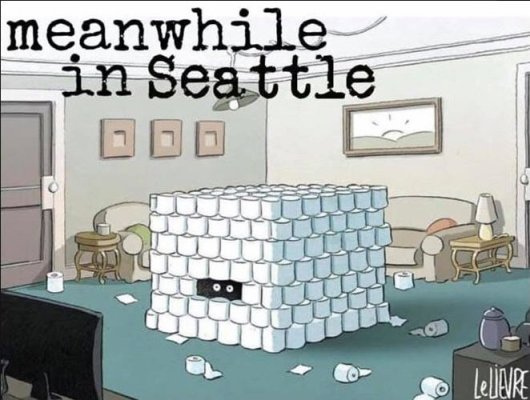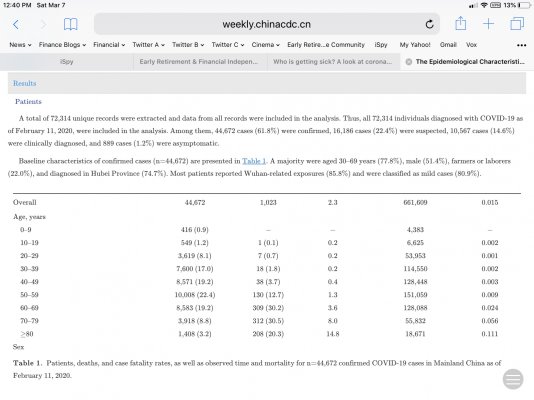- Joined
- Apr 14, 2006
- Messages
- 23,058
Moderator note
Here is a study by the National Institutes of Health of the social isolation measures (quarantines/bans on gatherings) employed by different cities to combat the 1918 flu pandemic. As might be expected, they found that early and prolonged intervention by authorities led to lower mortality rates.
https://www.ncbi.nlm.nih.gov/pmc/articles/PMC1849867/
This thread is to share information that assists members in preparing for the COVID-19 outbreak, to inform the community on medical news related to COVID-19, or official policy measures and responses in the US and around the world.
It’s not intended for general coronavirus news, rumors, unfounded medical analysis or advice, or unproven remedies. No YouTube links. Please forgo snark, sarcasm, or fear mongering. Civil unrest and other extreme scenarios are unwelcome. Links must be reputable or official sources. News on the global spread will be limited to reports by the WHO, cases in the US limited to state or federal sources.
The moderator team feels the entire community will benefit if this discussion can be kept on track. Any post not directly related to or contributing to the above will be removed without explanation or warning, and complaints or protest will be ignored.
Here is a study by the National Institutes of Health of the social isolation measures (quarantines/bans on gatherings) employed by different cities to combat the 1918 flu pandemic. As might be expected, they found that early and prolonged intervention by authorities led to lower mortality rates.
https://www.ncbi.nlm.nih.gov/pmc/articles/PMC1849867/
Last edited by a moderator:


